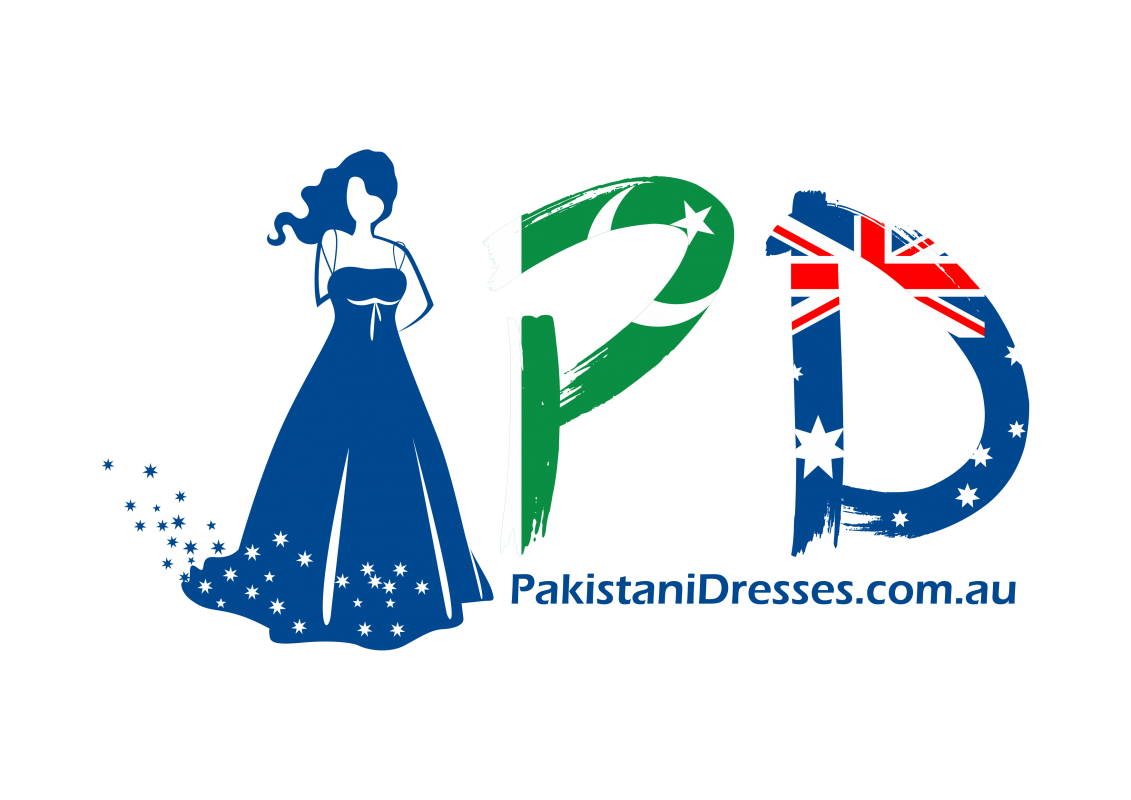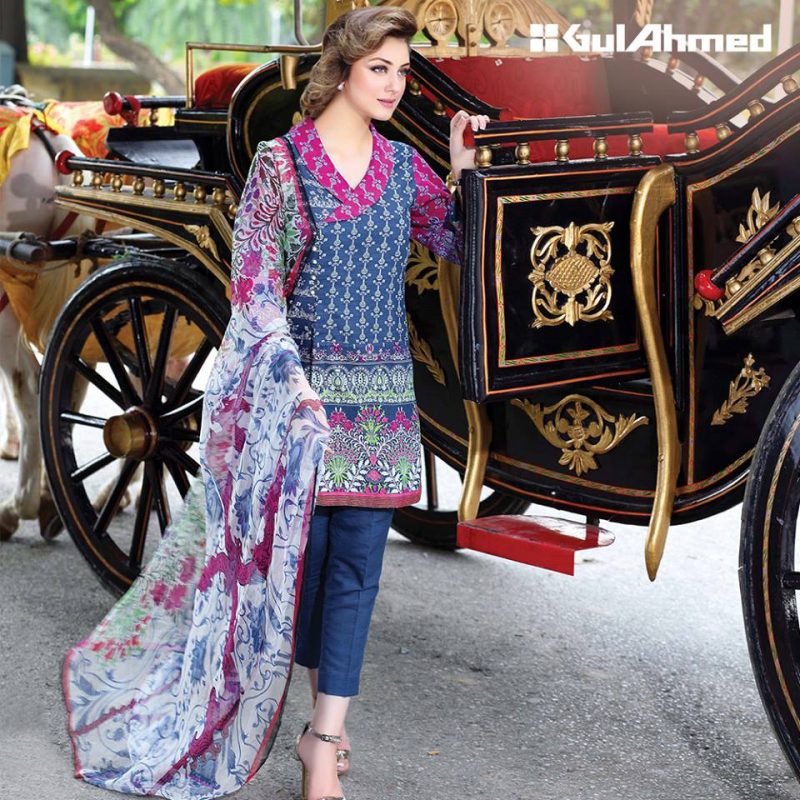Blog
Pakistani Fashion Brands Lifestyle
Aspiring To Be Lifestyle Brands
Ideas by Gul Ahmed was probably the primary large-scale thought store to be established in 2003. Khaadi, that came into being in 1999, ventured into home textiles many years later.
In terms of fragrances, one amongst the primary brands to introduce them was J. seven to eight years past. Followed by makeup and cosmetics. Bonanza Satrangi ventured into fragrances 2 years past. Cosmetics earlier this year, and Khaadi has introduced skin care products and fragrances within the last six months.

Sana Safinaz introduced luggage and shoes in 2017. 5 years once they established their 1st sales outlet in 2012. Though specific timelines don’t seem to be on the market for different brands. It’s safe to mention that over the years different brands. As well as Alkaram Studio and Sapphire. Have value-added line extensions like accessories, home textiles, and shoes.
Uzma Khan, the CEO, Sana Safinaz, agrees, adding that for the brand. Purses and shoes were subsequent logical steps once it came to “completing the look”. Also to providing convenience for their customers. “Our philosophy is that we don’t sell clothes. We sell a ‘look’ and to complete it, we provide shoes and purses.

We believe providing convenience to our customers who are progressively ironed for time. I would rather create as several purchases as doable from one store. We aim to be like Omni-brands like Takashimaya. We don’t seem to be there. However, that’s wherever we would like to be.” She adds that the brand can explore different classes within the future. However, they have a slow and steady approach to growth.
In their try towards changing into modus vivendi brands. Most of the style retail homes Aurora spoke to place an excellent deal of stress on the retail expertise. Hence the trend of flagship stores and the concomitant attention to store style, conspicuous displays, mood lighting, spacious counters, and high-end fixtures. A trend furthered by the increasing variety of malls that have opened, providing brands with extra space.
According to writing titled Fashion the high street’s mega-store obsession revealed on December twenty-seven, 2017, in Eos. The stress on interiors may be a more try at differentiation by several brands. “Large budgets are spent on interiors.
Sapphire’s stores have a trademark white varnish with birds suspended from the ceiling, fountains holding court in central zones and leafy green plants kicking off here and there. Khaadi’s stores have earthy brown interiors set out by geometric installations. Sana Safinaz opts for a ‘luxe’ [luxury] impact, with chandeliers, tasteful vases, and plush couches.”
In this regard, Khaadi might be termed a trendsetter. Only if they were among the primary to emphasize interior style. Also have currently launched Kanteen, a building at intervals the premises of their Clifton store in Karachi.
Venturing Means and Broad
In addition to their product lines, most of those brands are increasing their geographic footprints. Though statistics for all the key players don’t seem to be on the market, in line with Aurora’s September-October 2015 cowl story The Pret impact, Khaadi had forty stores in eleven cities. J. sixty-two stores in twenty cities, Gul Ahmed concepts sixty-five stores in seventeen cities and Alkaram Studio twenty-two stores in twelve cities.
Today, for the foremost half, the numbers have redoubled, and in some cases. The expansion has been important particularly in terms of the number of cities. As an example, Khaadi has fifty-two stores in twenty-two cities. J. has eighty-nine in thirty-two cities and Gul Ahmed has over one hundred in 60+ cities.
Similarly, Uzma khan’s brand incorporates a total of thirty-one retailers in fourteen cities. In their 1st year of operations they’d four stores. Therefore the rest were established within the last four to 5 years.
The attraction in moving more abroad is as a result of there are too several brands within the urban centers (hence stronger competition). Therefore the second and third-tier cities supply a lot of opportunities for growth. As an example, Uzma Khan’s brand has recently established an outlet in Swat. While Zellbury has opened 5 stores in the city and Karachi.
Whereas selecting to find their remaining twenty-three stores in smaller cities. Like Daska, Khanewal, Mardan, and Muzaffarabad. Another excuse is that the proven fact that the individuals living in these cities and cities have substantial getting power. Mainly because of the development of foreign remittances.
Bilal Ghani, administrator, Gallup Pakistan, estimates that just about one.5 million families (eight million people) are directly dependant on remittances from overseas which brands that concentrate on this phase “have a big probability of prospering.” Hanif Bilwani, CEO, Bonanza Satrangi, in his interview. Adds that because of the rupee’s devaluation. The defrayal power of this tiny, nevertheless important proportion of individuals has increased even more.

